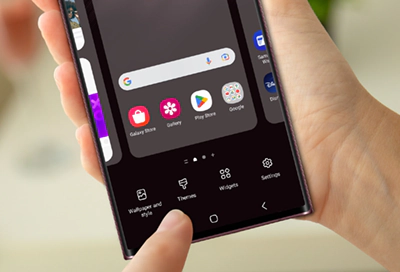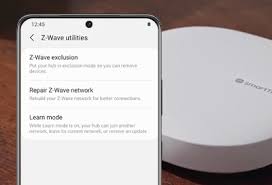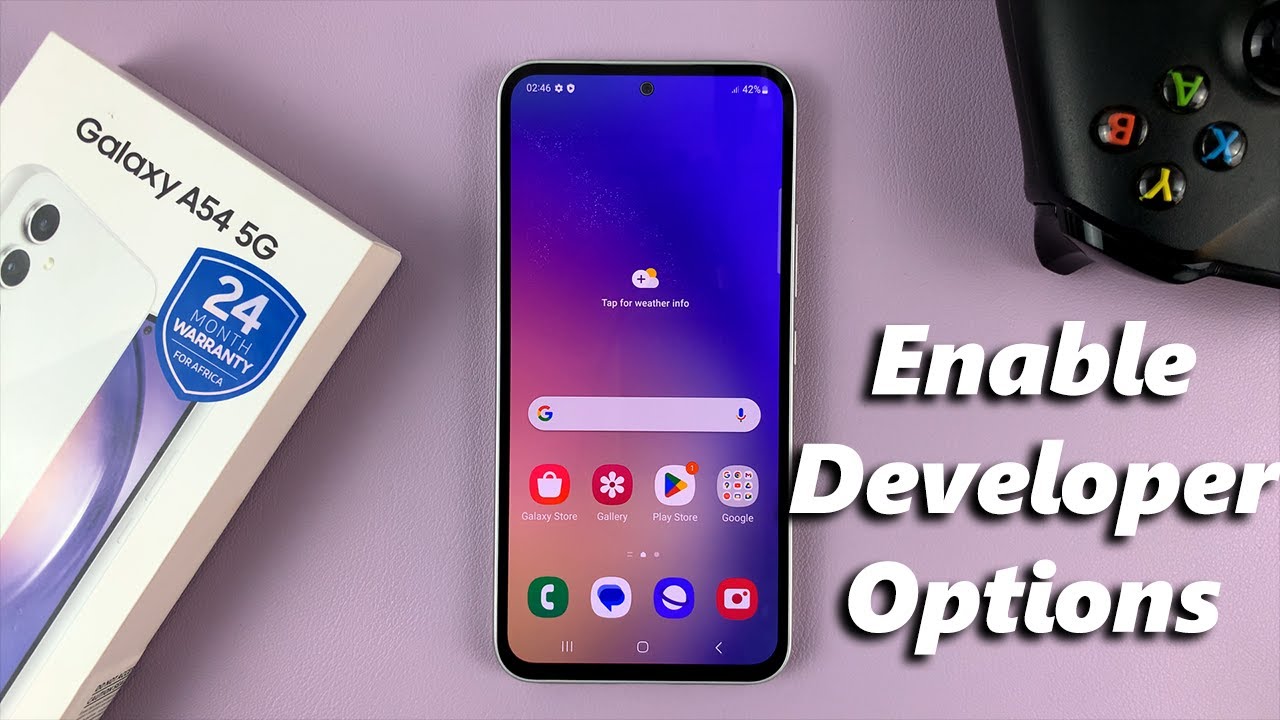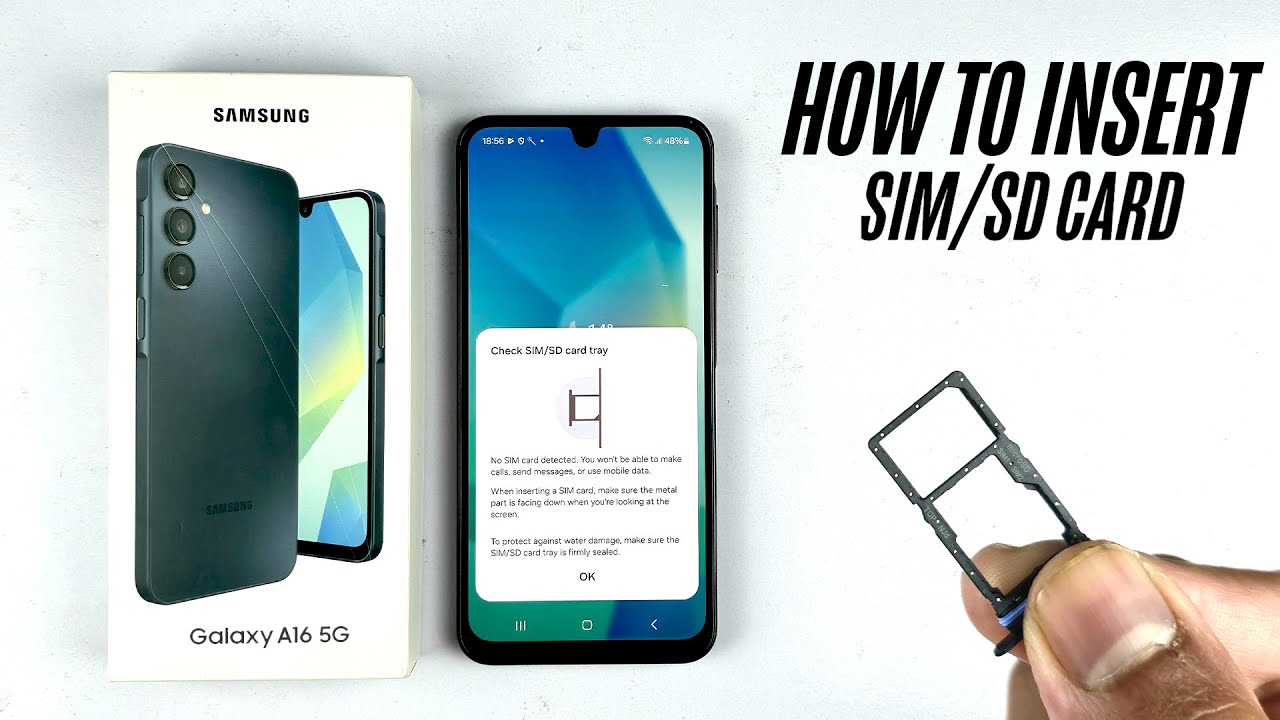Your Samsung Galaxy phone, running the latest version of One UI in April 2025, offers a highly customizable home screen experience. From arranging your favorite apps and widgets to tweaking the grid size and creating handy folders, you can tailor your home screen layout to perfectly suit your needs and preferences. I’ve personally spent a good amount of time customizing my own Galaxy devices to maximize efficiency and visual appeal, and this guide will walk you through the step-by-step process of how to customize your Samsung Galaxy home screen layout to make it truly your own.
Step 1: Accessing Home Screen Settings (Your Customization Hub)
The gateway to customizing your home screen layout lies within the dedicated settings menu.
- Long-Press on an Empty Area: Find an empty spot on your home screen (where there are no app icons or widgets) and press and hold your finger on it for a couple of seconds.
- The Customization Menu Appears: A menu will pop up at the bottom of your screen. This menu typically includes options like “Widgets,” “Wallpapers and style,” and “Settings.” Tap on “Settings” to access the home screen layout customization options.
Alternatively, you can also access these settings through the main Settings app:
- Open the Settings App: Locate and tap the Settings app icon on your home screen or in your app drawer.
- Navigate to “Home screen”: Scroll down through the Settings menu until you find the option labeled “Home screen.” Tap on it.
Both methods will lead you to the same set of customization options for your Samsung Galaxy home screen in April 2025.
Step 2: Arranging App Icons and Widgets (Your Digital Organization)
The core of your home screen layout involves organizing your app icons and placing useful widgets.
- Moving App Icons:
- Long-Press and Drag: To move an app icon, press and hold on the icon until a menu appears or the icons start to jiggle.
- Drag to Desired Location: While still holding the icon, drag it to the new position you want on the current home screen page or swipe to another home screen page and place it there.
- Release to Place: Once the icon is in the desired spot, release your finger.
- Adding Widgets:
- Access the Widgets Menu: Long-press on an empty area of your home screen and tap “Widgets” from the pop-up menu.
- Browse Available Widgets: You’ll see a list of available widgets categorized by app. Scroll through the list to find the widget you want to add.
- Select and Place Widget: Tap and hold on the widget you want to add, then drag it to an empty spot on your home screen and release your finger to place it. You might be prompted to customize the widget’s settings (e.g., choose a specific calendar to display).
- Resizing Widgets:
- Tap and Hold: To resize a widget, tap and hold on it until a border with white circles appears around it.
- Drag the Borders: Drag the white circles on the borders to increase or decrease the size of the widget.
- Tap Outside to Save: Once you have the desired size, tap on an empty area of the home screen to save the changes.
Experiment with different arrangements of app icons and widgets to create a home screen layout that maximizes your productivity and provides quick access to your most used apps and information in April 2025.
Step 3: Creating and Managing Folders (Keeping Things Organized)
Folders are a great way to group related apps together and keep your home screen clutter-free.
- Create a Folder:
- Drag One App Over Another: The easiest way to create a folder is to press and hold on one app icon and then drag it on top of another app icon that you want to group it with.
- Release to Create Folder: When you release your finger, a new folder will be created containing both apps.
- Name Your Folder: A pop-up window will appear asking you to name the folder. Type in a descriptive name (e.g., “Social,” “Productivity,” “Games”) and tap “Done.”
- Add More Apps to a Folder: To add more apps to an existing folder, simply press and hold on the app icon and drag it into the open folder.
- Remove Apps from a Folder: To remove an app from a folder, open the folder by tapping on it, then press and hold on the app icon and drag it out of the folder onto an empty area of your home screen.
- Change Folder Color and Layout (April 2025 Options): Tap on an open folder to see customization options. You might be able to change the folder’s color or choose a different layout for how the apps are displayed within the folder, depending on your One UI version in April 2025.
Utilizing folders effectively can significantly improve the organization and visual clarity of your Samsung Galaxy home screen.
Step 4: Adjusting the Home Screen Grid Size (Fitting More or Less)
The home screen grid determines how many app icons and widgets can fit on each home screen page.
- Access Home Screen Settings: Long-press on an empty area of your home screen and tap “Settings” (or navigate through the main Settings app to “Home screen”).
- Find “Home screen grid”: Look for the option labeled “Home screen grid” and tap on it.
- Choose Your Grid Size: You’ll see different grid size options, such as 4×5, 4×6, 5×5, or 5×6. The first number represents the number of columns, and the second number represents the number of rows. Select the grid size that best suits your preference for how many items you want to fit on each page. A larger grid size allows you to fit more icons and widgets but might make them appear smaller.
- Tap “Apply”: Once you’ve selected your desired grid size, tap “Apply” to save the changes.
Experiment with different grid sizes to find the one that provides the optimal balance between having enough space for your apps and widgets and keeping everything easily accessible.
Step 5: Customizing the App Drawer Layout (Your App Library)
The app drawer is where all your installed apps are stored. You can also customize its layout on your Samsung Galaxy phone in April 2025.
- Access Home Screen Settings: Long-press on an empty area of your home screen and tap “Settings” (or navigate through the main Settings app to “Home screen”).
- Find “Apps screen grid”: Look for the option labeled “Apps screen grid” and tap on it.
- Choose Your Grid Size: Similar to the home screen grid, you’ll see different grid size options for the app drawer. Select the one that allows you to see your apps in the way you prefer.
- Tap “Apply”: Once you’ve made your selection, tap “Apply” to save the changes.
Customizing the app drawer grid can make it easier to find and launch your apps.
Step 6: Exploring Additional Customization Options (April 2025 Enhancements)
One UI on Samsung Galaxy phones in April 2025 offers even more ways to personalize your home screen layout.
- Wallpapers and Themes: Access “Wallpapers and style” from the home screen long-press menu to change your wallpaper, apply themes, and customize your phone’s overall look.
- Icon Packs: You can often download and apply custom icon packs from the Galaxy Store or other sources to change the appearance of your app icons. Look for the “Icons” option within the “Wallpapers and style” menu or in the Galaxy Themes app.
- Edge Panels: One UI’s Edge Panels provide quick access to your favorite apps, contacts, and tools with a simple swipe from the edge of the screen. You can customize the content and appearance of Edge Panels in Settings > Display > Edge panels.
- Navigation Bar: If you’re not a fan of gesture navigation, you can switch back to traditional navigation buttons and customize their order in Settings > Display > Navigation bar.
My Personal Insights on Samsung Home Screen Customization (April 2025)
I’ve always appreciated the level of customization that Samsung‘s One UI offers. The ability to arrange app icons, utilize widgets for at-a-glance information, and organize apps into folders makes it easy to create a home screen layout that’s both functional and visually appealing. In April 2025, with the continued evolution of One UI, the customization options are even more extensive, allowing users to truly personalize their Galaxy phone experience. Don’t be afraid to experiment and find the layout that works best for you!






